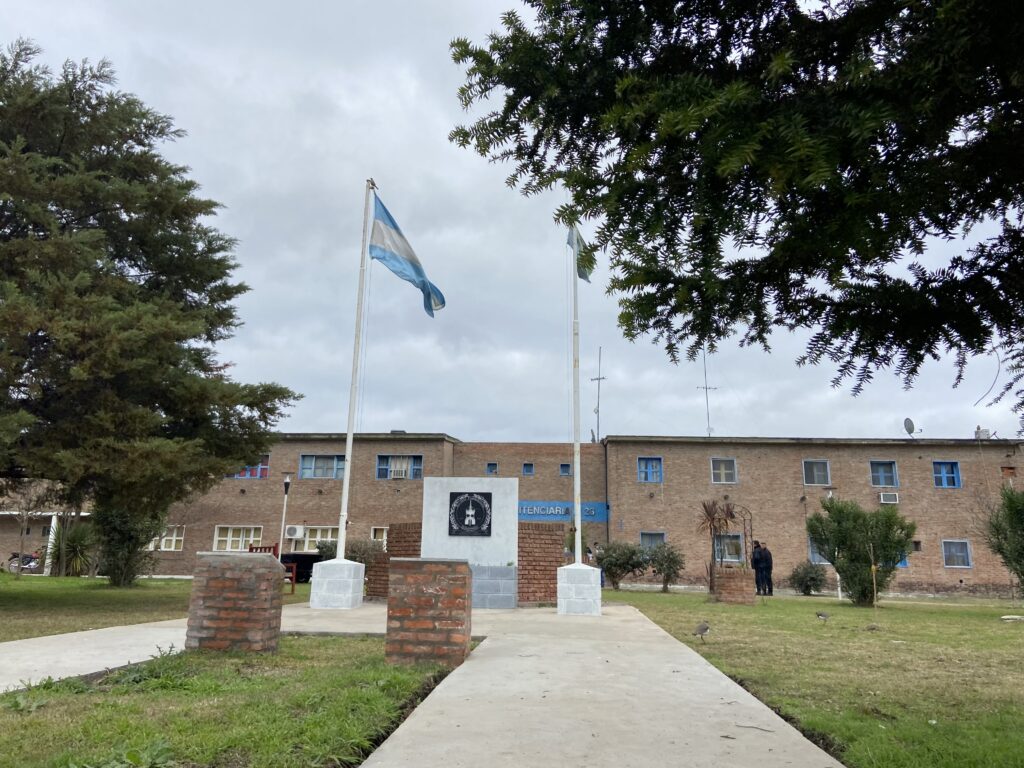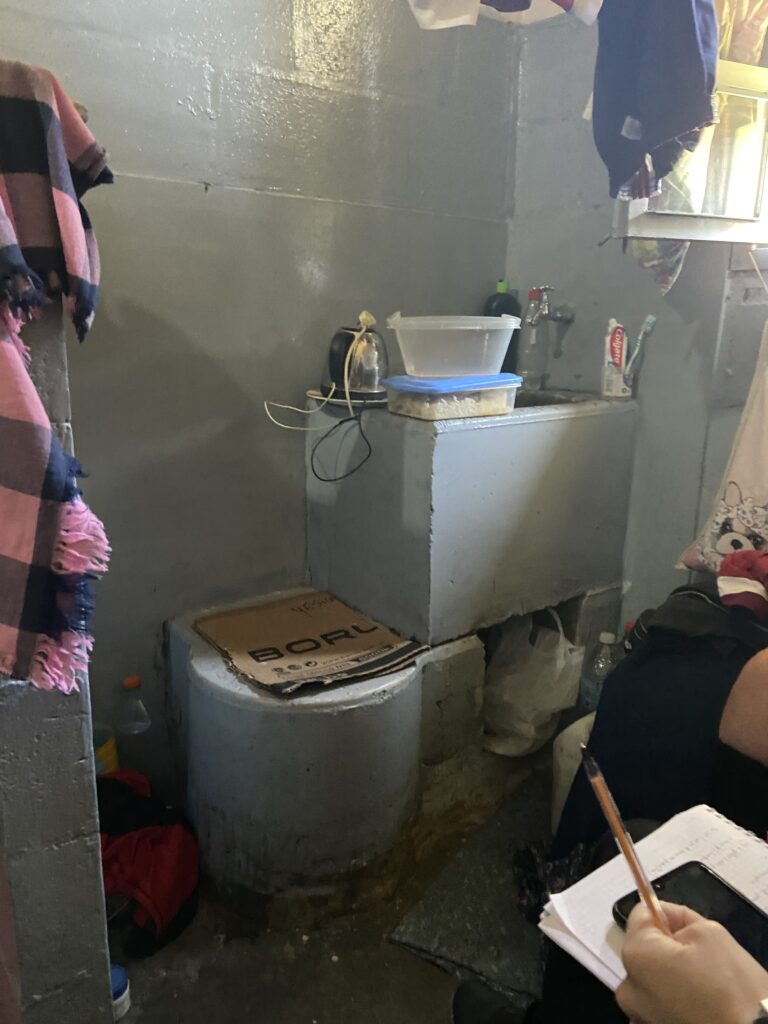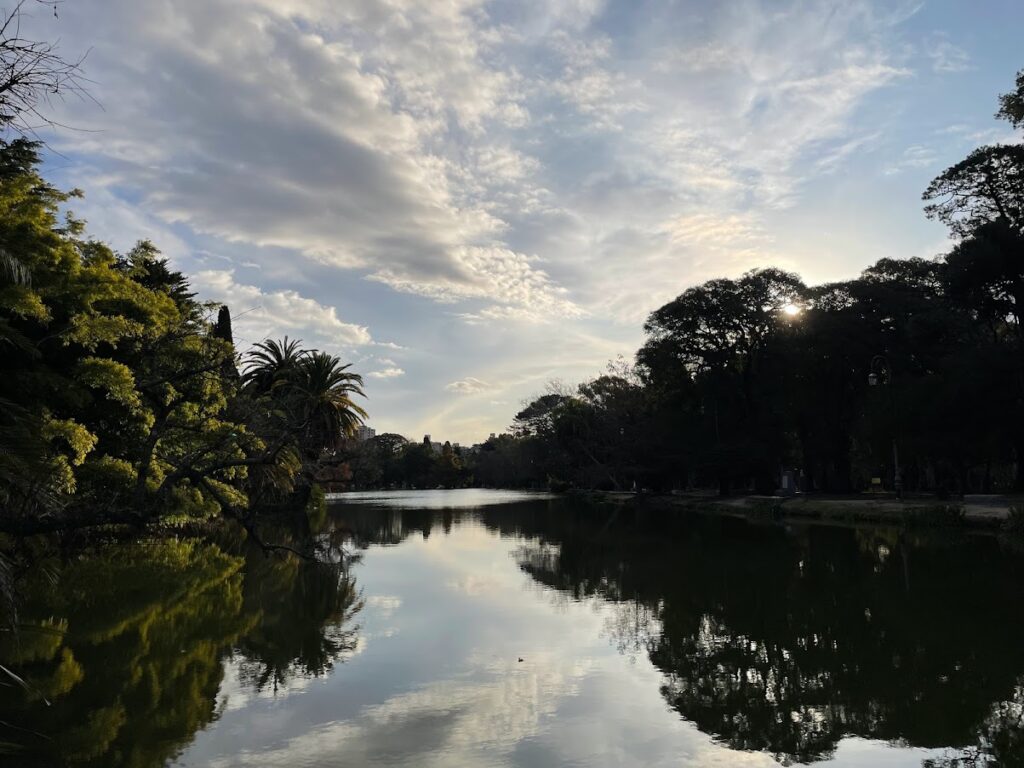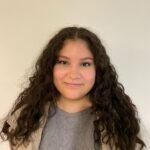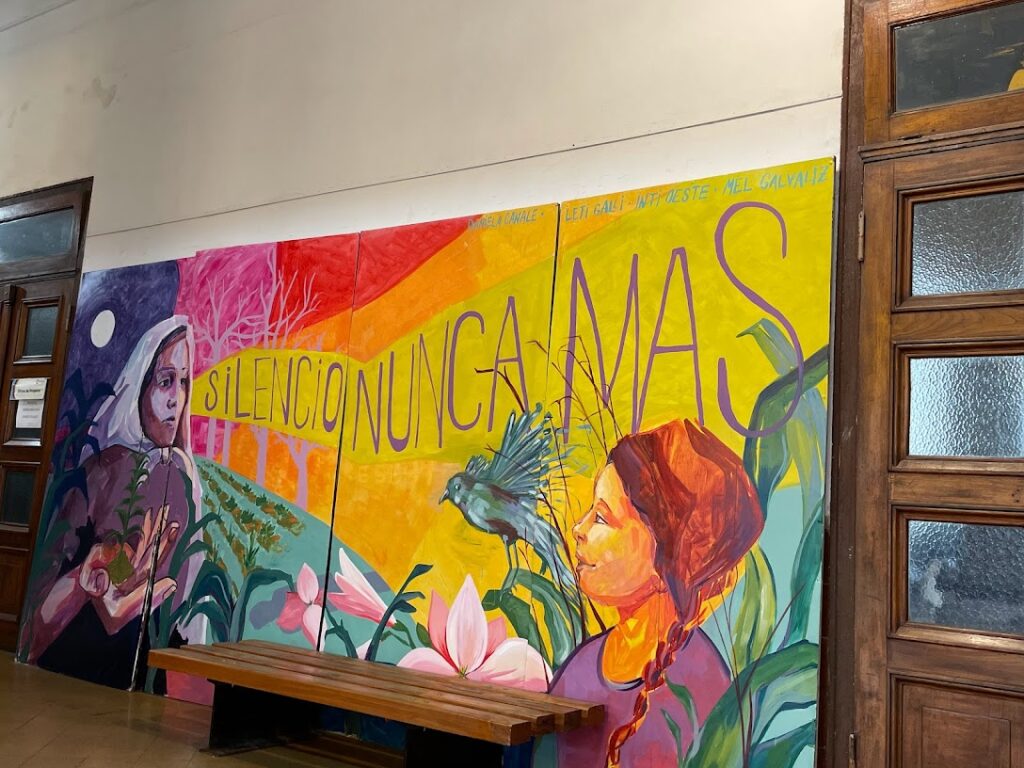
My last two weeks in Argentina were spent with the committee against torture. During weeks 5 and 6, I visited four prisons in the Florencio Varela and Lomas de Zamora complexes with the Unidad Temática de Intervenciones Complejas (Complex Interventions Unit of the Committee Against Torture). This specific unit of the CPM focuses on complex cases relating to extreme isolation, health issues, and mental health issues.
On week 5, when I visited the Florencio Varela complexes, there was one common aspect to all of the inmates we interviewed—they had all had a lack of substantial medical assistance within the prison system. The first male we interviewed on our trip to Varela claimed he had swallowed a razor blade in order to receive his prescribed medicine. During our interview, he seemed to be in distress about his lack of medicine. “I’m not asking for my medicine because I’m an addict, I am asking for it because I need it to survive,” he stated. He showed us self-inflicted cuts on his arms. This case shows just how inadequate the medical systems are within the Buenos Aires prisons. Inmates feel the need to go to extremes to get the medical attention they need, going as far as putting their lives at risk. A few days later, I overheard one of the leaders of the UTIC team speaking to this same inmate on the phone. The inmate was once again threatening to self-harm, the UTIC member tried to calm him down and reassure him that they were trying their best to present his habeas corpus. The patience with which the UTIC member managed this situation was admirable and showed the close connection that the team has with each of their cases.
Another example of the prison system’s inadequate medical system is that related to the process of setting up appointments for inmates. Another inmate from Varela claimed that SPB officers, the correctional officers, had scheduled an appointment for him to get x-rays for his leg; however, they failed to mention to him that he had a appointment. He was in a morning bible study class when they called him to get on the bus for his appointment. He claimed that he quickly ran to his room to get some things he needed, taking no more that 5 minutes. When he met with the SPB officers to leave for his appointment, they had him sign a paper stating that he had willingly decided not to attend said appointment. He signed the papers because the officers gave him an attitude—he said their demeanor made him think that if he refused to sign, they would beat him. Thus, he missed his appointment and had to continue dealing with sharp pain in his leg. This case demonstrates SPB’s general carelessness regarding the wellbeing of the inmates. They purposely allowed this inmate to miss his appointment and showed that they do not care that an inmate had to deal with extreme discomfort as a result of their negligence.
On week 6, I visited the last prison of the trip at UP 40 in Lomas de Zamora. This prison was co-ed, separated between male and female complexes. Here, I visited a woman who had been in solitary confinement (SAC) over a year. She claimed the last time she was in the general population area of a prison was in November 2020 in the Magdalena complex. She had remained in SAC partially due to constant transfers from prison to prison. Her cell had one small window that allowed little light to shine through, a concrete latrine covered by a piece of cardboard to avoid smells and bugs, and a blanket covering a large opening on the bottom part of the metal cell door to prevent rats from coming into the cell. She claimed that she was only allowed one hour outside of her cell to shower, use the patio, and clean. The CPM considers the use of SAC as a human right violation, and the UTIC team arranged to present this woman’s case to the Inter-American Court of Human Rights because of her prolonged period in SAC.
Working with UTIC the last few weeks at the CPM allowed me to see just how much the team cares about each of their cases and the people they are filing motions for. They have a more personal connection with the inmates because of the complexity of their cases, and they take the time to listen to the needs of the inmates and suggest the best course of action. Their work goes beyond the in-person interviews because they have contact with many of their cases daily as the inmates keep them updated with changes to their lives. Overall, this experience further emphasized the importance of choosing a career that you are passionate about. Every day, I looked forward to going into the office because I knew that the work I was doing, even if it was something simple like translating or uploading documents to a server, was contributing to improving the lives of others.
